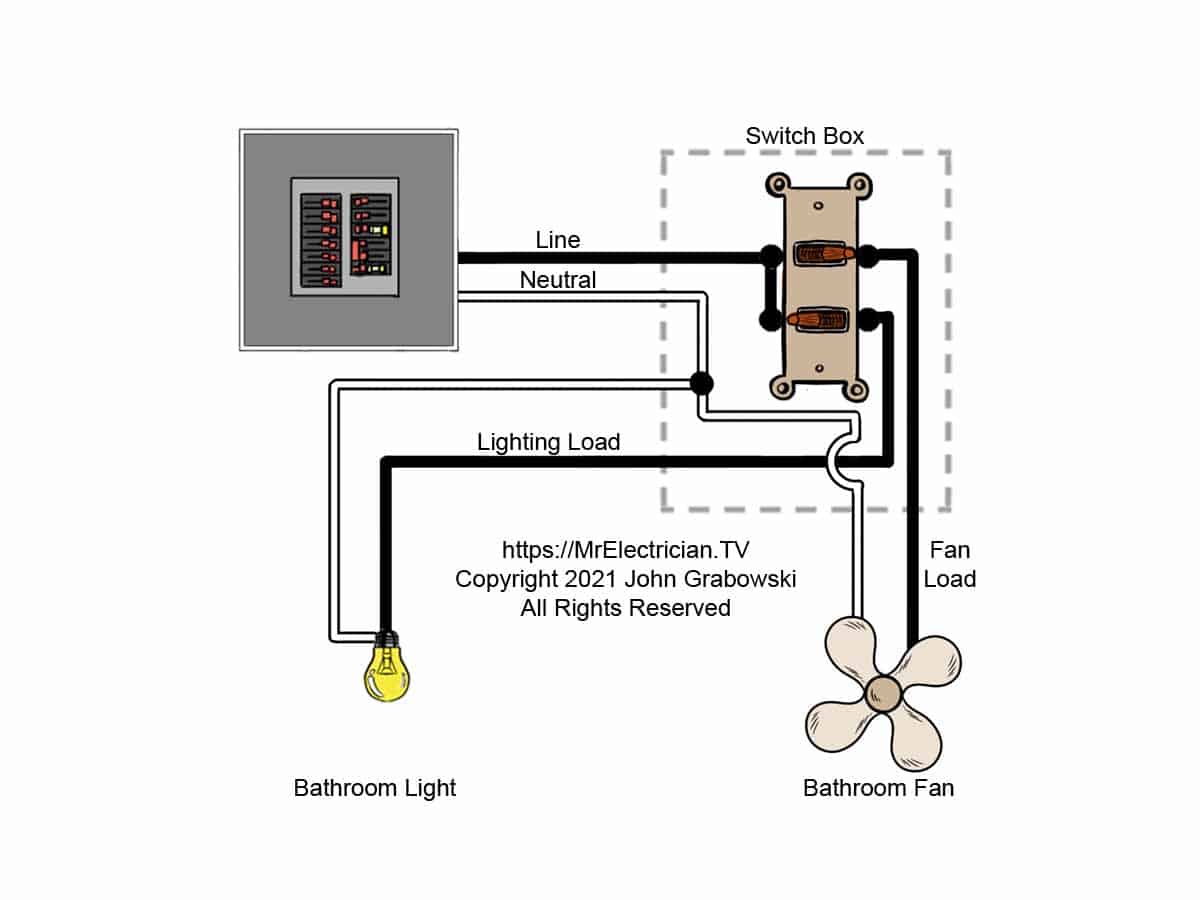Building Code Regulations for Bathroom Light Switches: Light Switch In Bathroom Regulations

Light switch in bathroom regulations – Building codes establish minimum standards for the design and construction of buildings to ensure safety and habitability. These codes include specific regulations for the placement, height, and accessibility of light switches in bathrooms.
Light switch in bathroom regulations is a very important thing to consider. But when it comes to decorating your bathroom, you may want to add a centerpiece vase. Centerpiece vases can add a touch of elegance and style to any bathroom.
They come in a variety of shapes and sizes, so you can find one that will fit perfectly in your space. And with so many different styles to choose from, you’re sure to find one that matches your taste. So, if you’re looking for a way to add a little something extra to your bathroom, consider adding a centerpiece vase.
It’s a simple and affordable way to make a big impact.
The requirements for bathroom light switches vary depending on the region and the specific code adopted by the local authority. However, some common regulations include:
Switch Placement
Light switches in bathrooms must be located in accessible locations, typically near the entrance to the room or adjacent to the vanity mirror. They should be placed at a height that is easy to reach for most people, typically between 48 and 60 inches above the floor.
Height Requirements
The height of light switches in bathrooms is typically regulated to ensure accessibility for individuals of all heights. In most jurisdictions, the minimum height for a light switch is 48 inches above the floor. However, some codes may require a higher height, such as 54 inches, to accommodate individuals with disabilities.
It’s fascinating to delve into the intricacies of light switch regulations in bathrooms. These guidelines ensure safety and functionality. However, for those who desire a touch of whimsy, incorporating fishing decor into the bathroom can add a charming and unique element.
The rustic appeal of fishing nets, hooks, and lures can create a cozy and inviting atmosphere. While adhering to electrical regulations is crucial, blending aesthetics and practicality can elevate the bathroom experience.
Accessibility
Light switches in bathrooms must be accessible to individuals with disabilities. This means that they should be placed in locations that are easy to reach from a seated position and that they should be operable with one hand.
Common Code Violations, Light switch in bathroom regulations
Some common code violations related to bathroom light switches include:
- Switches that are placed too high or too low.
- Switches that are located in inaccessible locations.
- Switches that are not operable with one hand.
To avoid these violations, it is important to follow the specific code requirements for the jurisdiction in which the bathroom is located.
Safety Considerations for Bathroom Light Switches

Bathrooms are inherently humid environments, making it crucial to prioritize safety when installing and maintaining light switches. Neglecting these considerations can lead to electrical hazards, posing risks to both individuals and the property.
Moisture Resistance
In bathrooms, moisture-resistant light switches are paramount. These switches are specifically designed to withstand the dampness and condensation common in such environments. They are typically made of durable materials, such as plastic or metal, with sealed gaskets to prevent moisture from penetrating the electrical components.
Location
The location of bathroom light switches is equally important. Avoid placing switches near water sources, such as sinks or showers, or in areas with high humidity. These locations increase the risk of electrical shock or damage to the switch.
Installation and Maintenance
Proper installation and maintenance are essential for the safe operation of bathroom light switches. Ensure that switches are securely mounted on a stable surface and that all electrical connections are tight and insulated. Regular inspections and cleaning can help identify and address any potential issues, preventing accidents.
Design and Style Options for Bathroom Light Switches

Bathroom light switches come in a wide range of designs and styles, from traditional to modern and smart switches. The type of switch you choose will depend on the overall style of your bathroom and your personal preferences.
Traditional Switches
Traditional light switches are the most common type of switch found in bathrooms. They are typically made of plastic or metal and have a simple on/off design. Traditional switches are available in a variety of colors and finishes, so you can find one that matches the décor of your bathroom.
Modern Switches
Modern light switches are a more stylish option for bathrooms. They are typically made of sleek materials, such as glass or metal, and have a more contemporary design. Modern switches are available in a variety of colors and finishes, so you can find one that complements the style of your bathroom.
Smart Switches
Smart light switches are the most advanced type of switch available. They allow you to control your lights from anywhere in your home, using a smartphone app or voice commands. Smart switches are also more energy-efficient than traditional switches, as they can be programmed to turn off automatically when you leave the room.